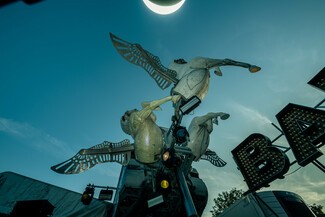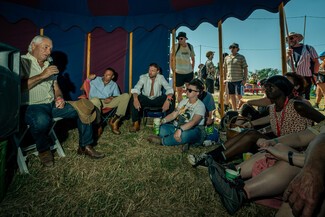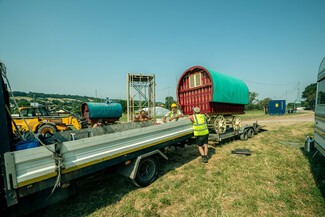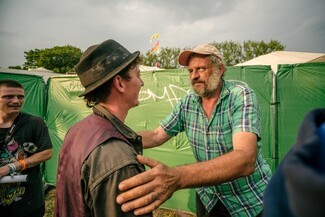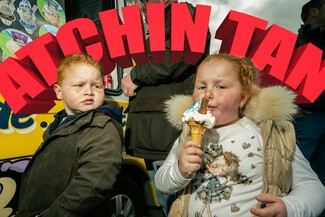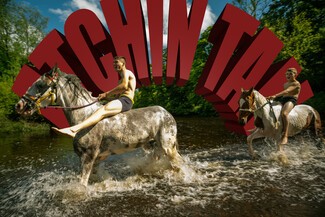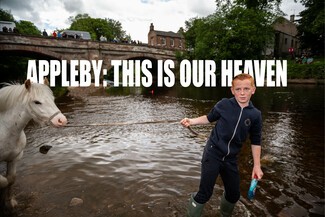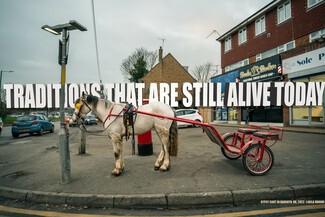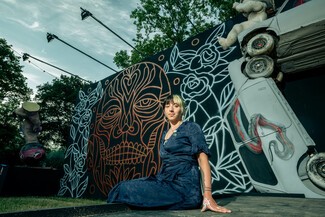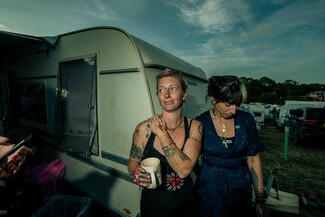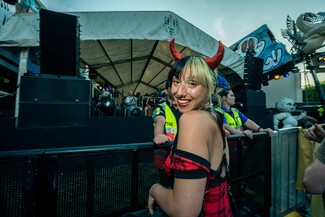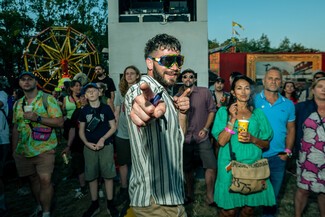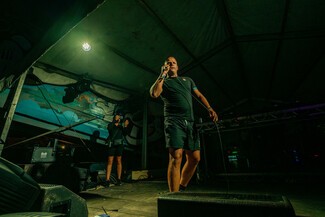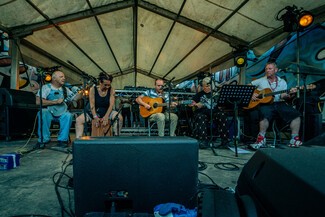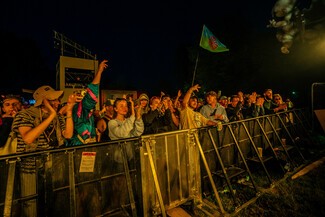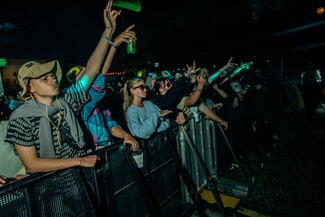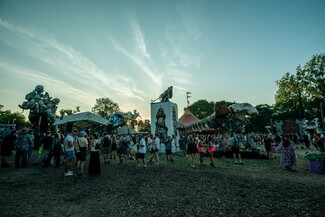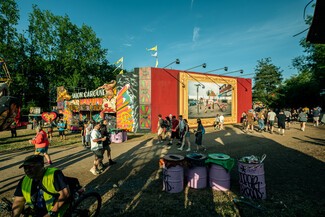"Where Gypsy art meets the Gorjas", a photo story by Bela Varadi, Atchin Tan - Unfairground, Glastonbury Festival 2023
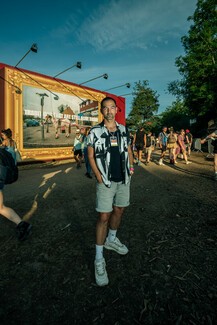
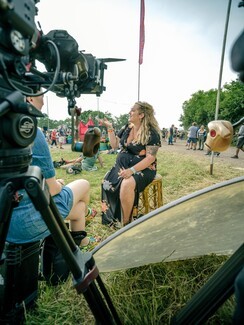
The Glastonbury Festival has a long history of promoting Gypsy, Roma and Traveller culture. The Festival also employs many GRT staff members who are often responsible for completing some of the most challenging tasks: assembling the stages, decorating the sites and managing the waste collection after the festival. Until two years ago, however, festival-goers had to speak to staff or attend the rare GRT events to talk to a person from the GRT community. This issue was recognised by the festival, and the so-called Atchin Tan area was created by the creative director of some of the Glastonbury sites, Sam Haggarty and Emma Bray. Atchin Tan brings together GRT and GRT-friendly artists and speakers to show our vibrant cultural heritage and highlight some of the social injustices we face.
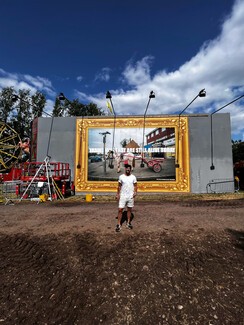
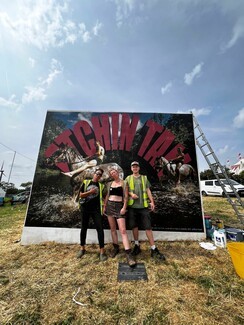
Last year I felt honoured that I could exhibit some of the photos at the first Atchin Tan. That was the Searching from Kushti project I did with Jules Earl, a photographer and one of the environmental managers of the Glastonbury Festival. This year I was hoping to do something bigger than a few photos in a tent and was contemplating creating a photo exhibition in billboard size! When I finally met Sam to finalise the artistic programs in April, I was shocked and secretly pleased to hear when he asked me: ‘Shouldn’t we make your pictures much bigger? Like billboard size?’
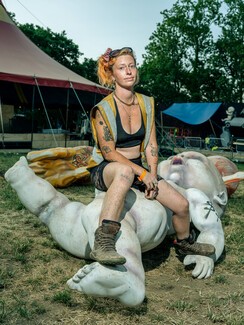
We managed to secure 90 square meters of billboard spaces around the Atchin Tan and Unfairground sites at the Glastonbury Festival. This colossal space felt like a daunting responsibility, and I was anxious for weeks not to mess it up. After some consultations, we agreed to use four pictures/posters with the aim of highlighting GRT culture and promoting the Atchin Tan site. As none of us had experience in pasting up posters and utilising a space bigger than most of our living space, I travelled to Glastonbury a week before the festival started. I am thankful for the help of Marlow ‘Swaney’ Plowden, Rose Waudby and Harriet Croom for putting up with me, balancing on a cherry-picker ladder, and getting a dark purple tan from sticking up posters for a week.
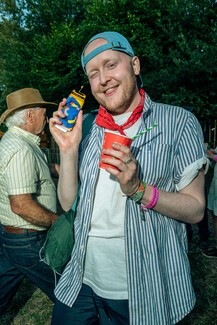
Spending so much time with the hard-working crew of Glastonbury and learning about the life stories of many, I felt honoured to create artwork representing our communities. It was fun working together in the dusty and burning hot Glastonbury site, but it was an even bigger delight to enjoy the moments of well-deserved rest: once, after a particularly hard day, we all went to a nearby river to swim and cool down, and often in the evenings we had better parties than on the actual festival!
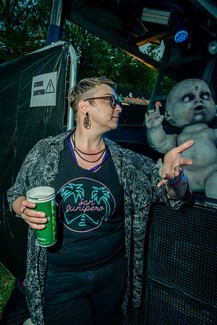
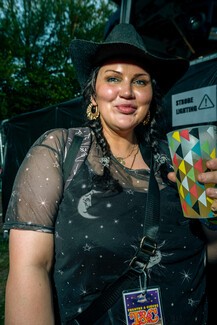
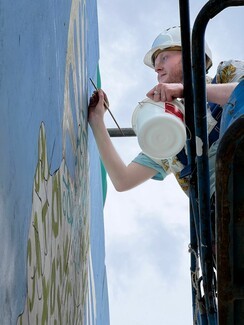
As I was so preoccupied with sticking up pieces of posters together, I only realised on the morning of the first day of the festival that the Atchin Tan crew had really managed to create a space evoking as many aspects of GRT culture as possible: Elijah Vardo’s painted tower recalling his grandmother’s dreams was full with Romani symbolicism, Rose Waudby’s mural conveyed a strong message about Gypsy femininity and motherhood. Around the Atchin Tan site, wardos and caravans were showcasing the daily lives of Travellers, while on the stage, people could hear from GRT artists, musicians and speakers. As I would not like to miss mentioning anyone, I have included the lineup for the Atchin Tan site here.
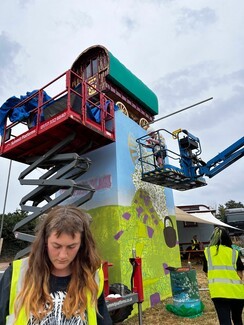
In modern classist and segregated Britain, there are fewer and fewer places where middle-class and upper-middle-class people could meet with Travellers and Gypsies. Glastonbury is one of those few spaces we have left where we can directly influence the minds of those who have or will have power over our lives. From the feedback I received at the festival, I feel hopeful that we had managed to convert some people: our artworks were constantly the background of thousands of selfies and were widely appreciated by many. I felt extremely pleased to see that the tens of thousands of passersby did not vandalise my nine-meter wide picture, and even on the last day, I saw no tags or writings. People seemed to realise that our artworks and culture are worthy of being respected, or as it was phrased on my big billboard: our traditions are still alive today.

Words and photos by Bela Varadi.
